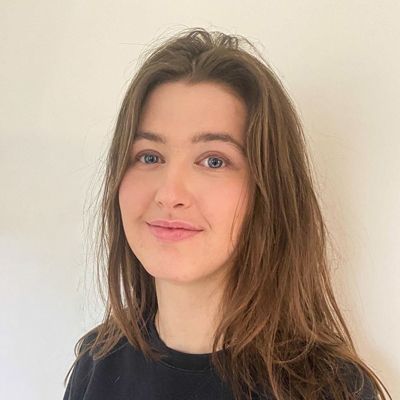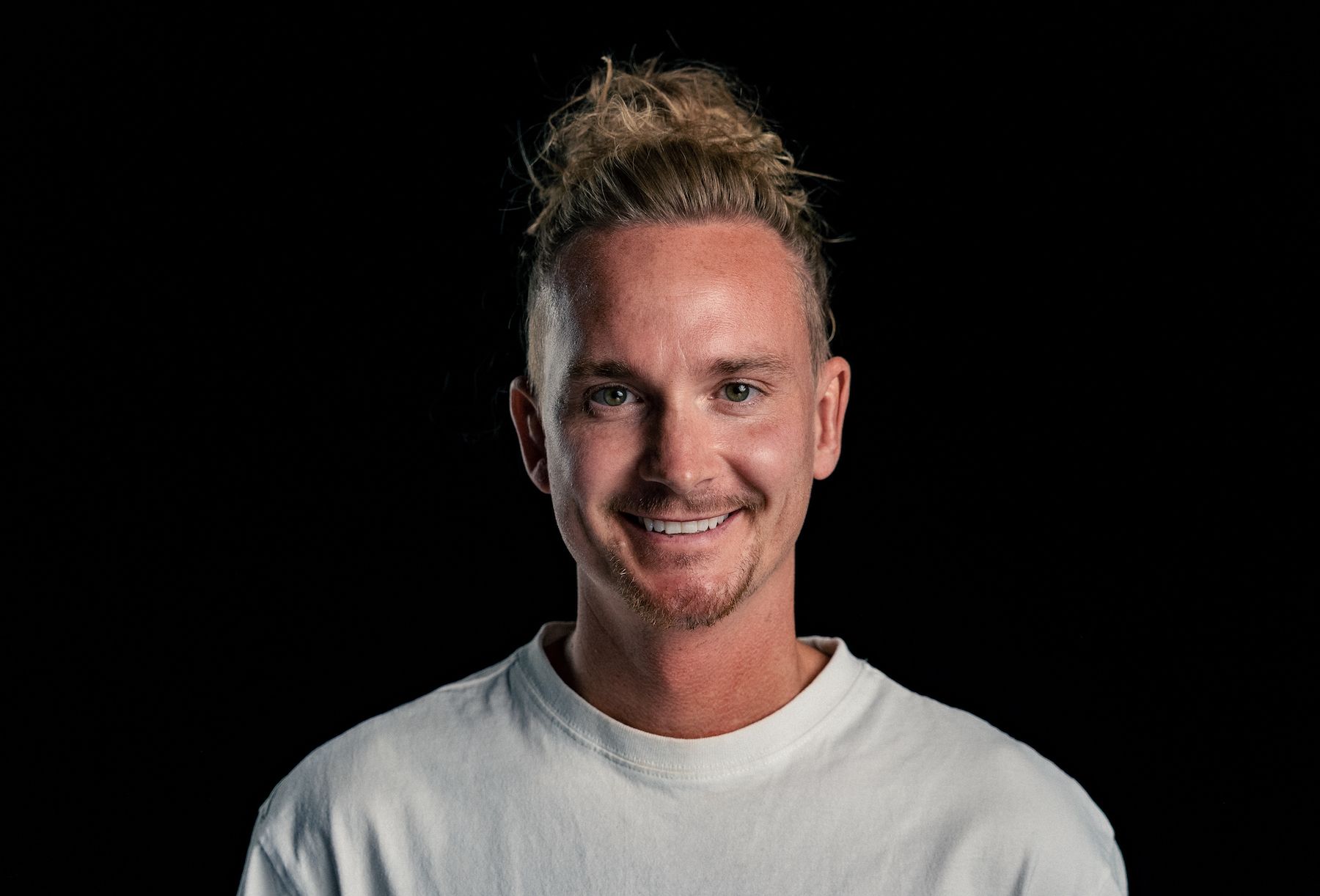How Time Has Revolutionised the Ways of War Photography
Rent film gear from local filmmakers.

Rent film gear from local filmmakers.
Go in-depth with:
The invasion of Poland, the great battles in the Pacific and the carnage in the deserts of Afghanistan.
Although most of us never been close to any battlefield – we still have a very distinct mental image on each of these.
The reason being?
War photography!
Through war photojournalism, ordinary people, like you and me, get the opportunity to learn about war from the safety of our homes.
So, read on to learn the origins of war photography and how it has developed over the years.
I hope you like war stories because this article is bombarded with them.
NB! Not the type of photography you were looking for? Explore a range of photography genres.
War photography:
A professional's insider tips
Interested in War photography? Meet your new instructor Mads Nissen, who will go through the corners of War photography in this Masterclass session.
Trailer
lKo71yl6gXY
Intro
0
vnqVQSqS-QE
Definition
38
Preparing a story basics
167
Becoming a war photographer
193
Capture emotion
286
Making a difference
355
Conflict zones
418
Mistakes to avoid
504
Editing
580
Purpose
662
Camera equipment
719
Tips & tricks
757
Credits
790
Meet Your Instructor
vf4tQSwWTU8
What you’ll learn
How war photography is a way to learn about yourself.
What to look for when doing planning and research.
Why it's important to know the “why” of doing war photography.
Why you should never go to a zone of crisis by yourself.
How to choose & stick to your rules and personal limits.
Why you must know camera basics before you shoot war photography.
How post-processing and editing can elevate your picture.
Why the best tip is never to become a war photographer.
The start of war photography
I want to take you back to a time where bonnets, frock coats and mutton-chop sideburns were the hottest in fashion. Where the polka, two-step, and the waltz were more than a bad episode of "Dancing with the Stars".
Somewhere between the sideburns and two-step, the first photography of war was taken.
In 1847 an unknown American photographer produced a series of fifty daguerreotypes depicting scenes from the Mexican American war. Well, back then, the U.S wasn't that focused on building a border wall.
The images showed various scenes, from portraits of generals and soldiers to landscapes, street scenes, and post-battle burial grounds.
However, something was missing in these war images: The actual war (minor detail, of course).
The first photography of war depicted neither active battles nor wounded and dead bodies. Nor did the photographs show the idealisation, glory and hero-imagery often associated with war (which was pretty rare).
And, I've watched enough war movies to recognise that nod to the hero-imagery.
However, in this case, the photographer's stylistic choices was most likely due to personal safety and technological limitations of the time. Remember; when the photographer took these photos, bonnets and sideburns were all the rage.
Daguerreotypes were challenging to produce, and exposure times could range from several seconds to many minutes, meaning moving subjects came out as mere blurs.
The daguerreotype process also had another technical limitation. They were produced using polished silver-coated copper sheets exposed with mercury vapours; the process generated a single, mirror-like positive image that couldn't be reproduced. Small and encased in glass to protect their delicate, mirror-like surface, daguerreotypes were precious objects more than items suitable to distribute to the masses.
Photography of war starts to gain popularity
A couple of years later, Romanian photographer Carol Szathmari capture images of what happens at the front lines.
Szathmari's disturbing war photographs were subsequently distributed globally and changed the way most viewed the bloody conflicts around the world.
And just like that – the war photography genre had come to light.
The historical development of war photography
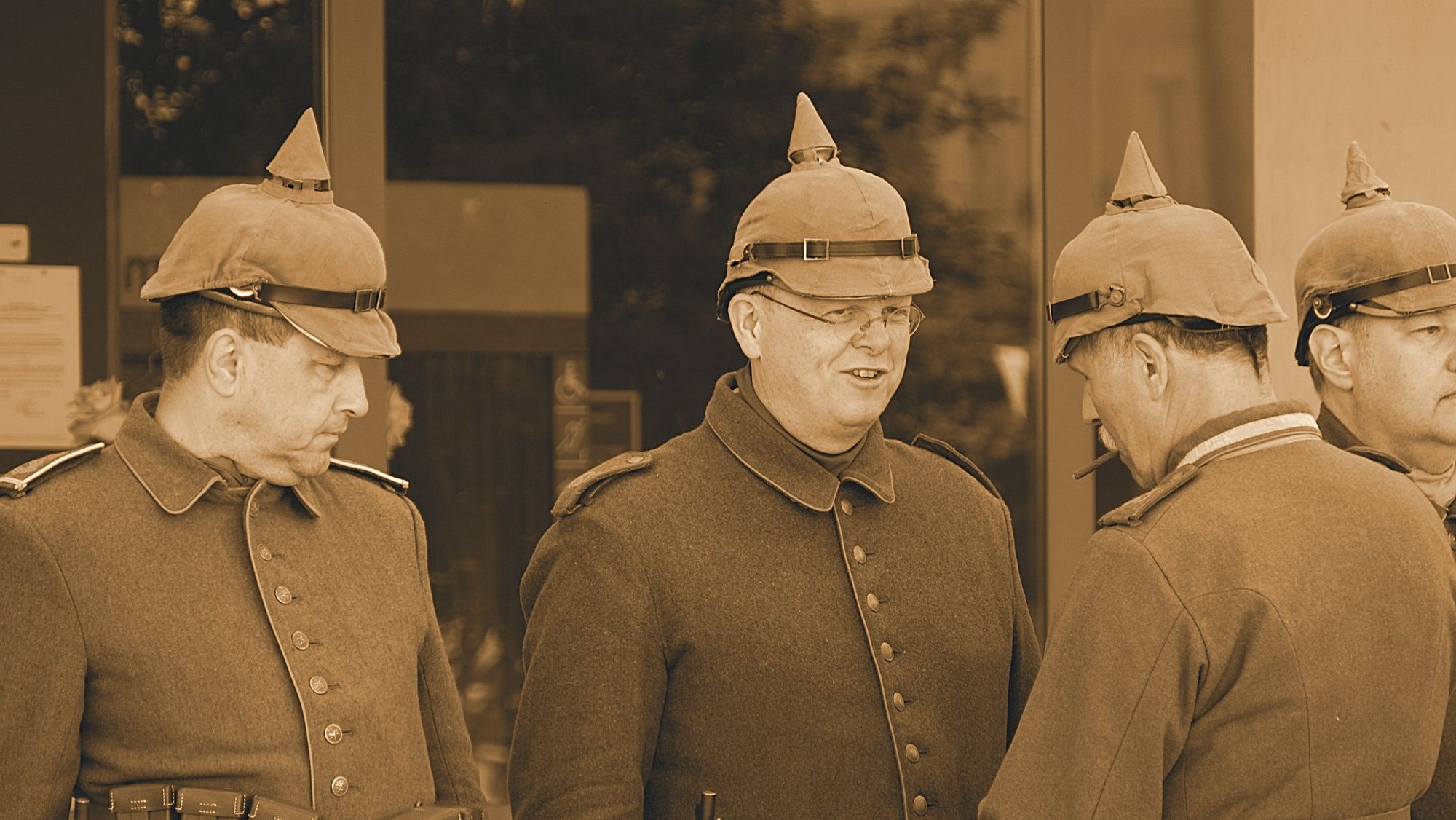
In 1853, the Crimean war began. This time around, the usefulness of war photography, its way of documenting and sharing knowledge of the war, had become widely acknowledged.
The British Government sought to harness the power of photography to shape public opinion. They used photography of war as a means of uniting the public behind their increasingly unpopular war efforts. However, it didn't quite go as planned as few photographs made it to the public eye.
War photography during the American Civil War
Now, moving over to our friends in the West – another war is starting to unfold.
Might you have heard of it?
The American Civil War.
It's only the costliest and deadliest war ever fought on American soil, between 620,000 and 2.4 million soldiers killed.
Either way, back to the subject – war photojournalism.
During the American Civil War, war photographer Matthew Brady captured scenes of camp life and the battlefield for Harper's Weekly. Brady began by photographing troops before their departure, playing on the idea that they might not return and would want a portrait for their relatives.
It didn't take long, though, before his interests turned to the war, and he wrote to President Abraham Lincoln himself for permission to travel with the union to record the battle.
As the good sportsman he was, Abe permitted him travel access.
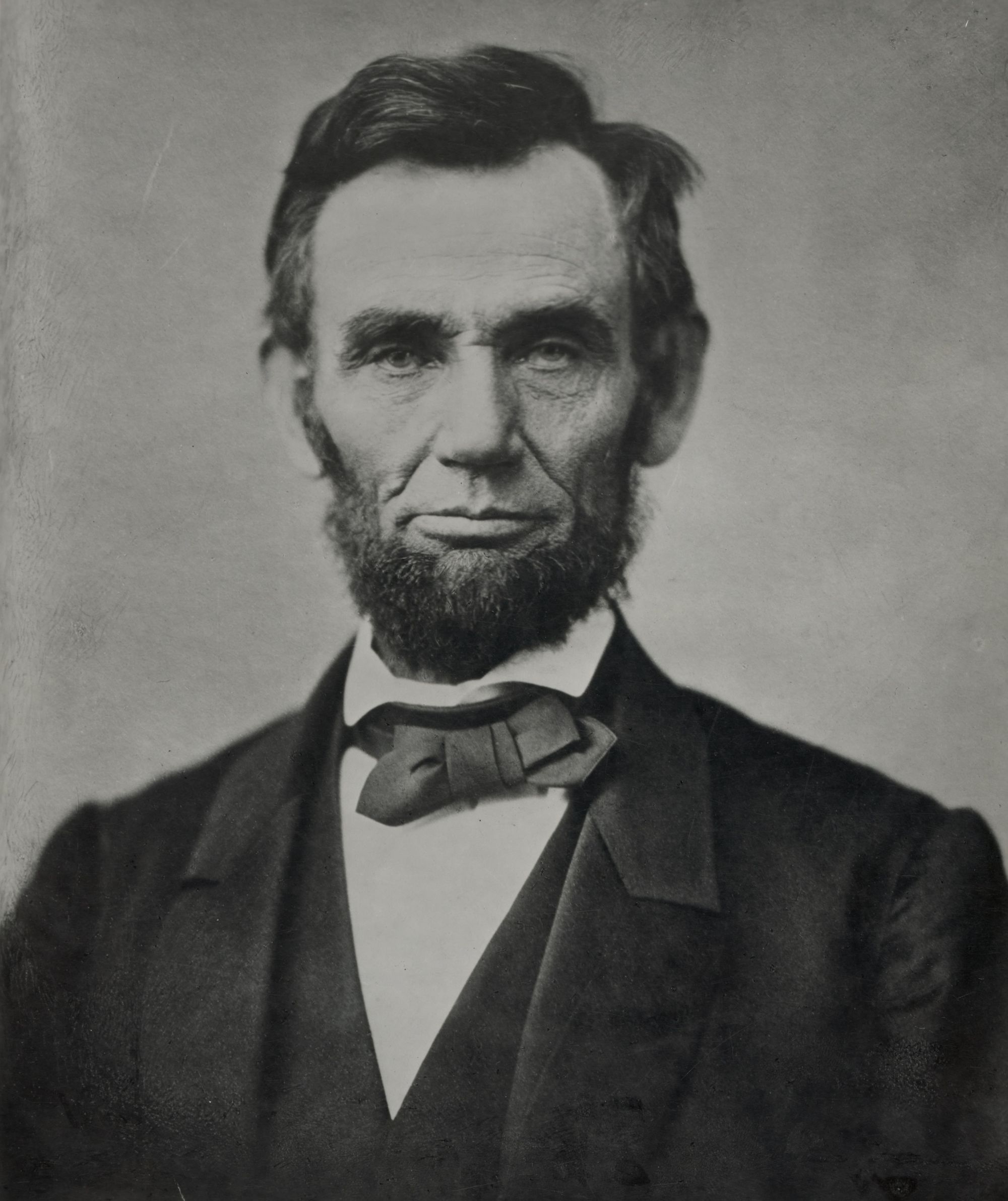
So, in 1861 Brady, together with over 20 assistants, began his journey photographing the American Civil War. And for the first time, the public had a war photographer who placed himself in danger during the battle. Although, technological limitations did hinder him in being able to shoot moving subjects.
In his work, Brady added two critical additions to the lexicon of war photography: images of the dead in the aftermath of battles and the first images of active combat.
While Brady's has at times been criticised for not taking all the war photos himself, his work, has garnered him recognition as one of the pioneers in war photojournalism.
How the Civil War impacted war photojournalism
In contrast to the limited documentation and lack of surviving images of the Crimean War, the American Civil War would become the most photographed war of the 19th century.
Coverage of the Civil War differed significantly from earlier efforts in terms of content and distribution of images. It was the first attempt to document a war broadly and systematically, driven by the public's insatiable appetite for war photos.
Photographers of the Civil War created more compelling scenes by moving bodies and adding props. A famous example of this is in Alexander Gardner's Home of a Rebel Sharpshooter. He posed a fallen body with his rifle to create a narrative around the death of a Confederate soldier.
During the Civil War, it became easier to distribute war imagery to the masses, as prints were widely available for sale in shops around the country. Especially stereographs were a prevalent form of entertainment during the Civil War – the eighteen-hundreds had a weird sense of humour, I guess.
Photographs of war became the norm in illustrating news of the Spanish American War (1898), the Anglo-Boer War (1899-1902), The Russo-Japanese war (1904-1905) and other wars of empire.
War photography came to life during World War 1

The sustained use of war imagery began in earnest during the First World War (1914-1918). Photography of war was integrated into the war efforts, both for military– and propaganda purposes (the then version of hard-hitting marketing).
Photographs in World War 1 played a unique role in warfare. Both sides wanted to portray justification for the war, soliciting public support while mitigating the war's horror.
We probably all remember "Uncle Sam" with the pointy fingers and intense eye stare.
Not technically photography of war, but it was imagery supposed to take the public closer to enemy lines.
Military officials considered a free press a security risk, and photographs of the war were subject to direct military censorship. Journalists, including war photographers, were banned from the Western Front. Only a few photographers got to document certain aspects of the war. The British Government, for example, only accredited two between 1916-1918, Ernest Brooks and John Warwick.
Coincidence that one of the only photographers allowed to the front is named "war" – I think not.
War photojournalism after World War 1
After World War 1, an avalanche of picture magazines emerged – LIFE in 1936, Look in 1937, Picture Post in 1938, and many others. All dedicated to the proliferation of war images.

Building on design and graphic arts innovations in the interwar period, these magazines had developed a sophisticated use of their visual pages.
That also meant that photography of war became immensely popular long before television and the Internet had won their ground.
Of course, "The Great Bake Off" hadn't started streaming yet, which could have affected the popularity of war imagery.
The genre's popularity also stemmed from advances in press printing technology and photographic equipment. Especially the compact 35-millimetre camera, with interchangeable lenses and accompanying film, played a role here. Hand-sized cameras allowed photographers to work practically unnoticed and gave them way greater creative freedom, which translated to war-terminology, equalled survival.
The use of war photography during World War 2
The strategic usage of war photojournalism continued throughout the Second World War. During the Second World War, all sides of the conflict saw a massively expanded official use of photos portraying dead soldiers used to distress the enemies or construct propaganda and encourage their own country.
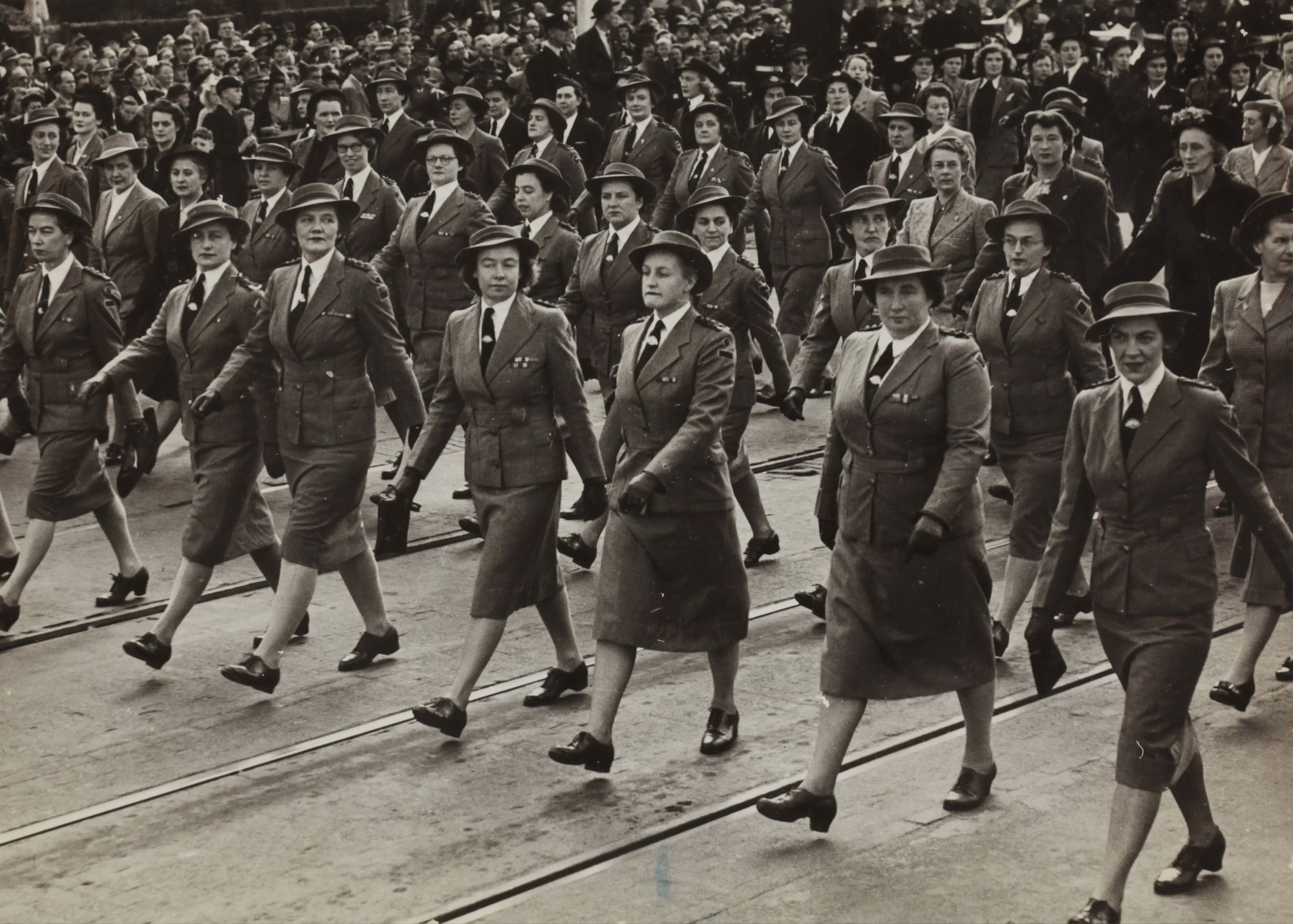
Photography of the ghetto at Warsaw is an excellent example of this. Joseph Goebbels' propaganda ministry made photographs and films of the ghetto falsely depicting the ghetto as a thriving, habitable place. In contrast, magazines published pictures of ill, starving Jews in the ghetto's streets as proof of their degradation and sub-humanity.
Another example is the initial media coverage in the American press of Hiroshima and Nagasaki. Pictures of the atomic bomb were portrayed as a scientific and military triumph. The American Government withhold images of obliteration and initially even distant views of the explosions to ensure this.
However, the day after the bombing, Japanese photographer Yosuke Yamahata published photographs of the ruin and devastation the atomic bomb had caused. By contrast, American photographer, Wayne Miller, photographed victims of the Hiroshima bomb in September 1945 in extremely lit compositions, getting medical aid.
How the Vietnam war changed war photography forever
It's 1945 the Second World War has come to an end. However, the history of war photography hasn't come to a close yet.
If we turn our attention to the Southeast of Asia, there's a bitter conflict unfolding in Vietnam. First, the war against the French (1946-1954) and then the American (1959-1975). After decades of warfare, the public faced a maturation of war imagery and its internal contradictions.
For the first time in war photojournalism, the American Government not only welcomed but actively facilitated photography of war to a great extent.
War made its way to television screens
For the first time, television screens around the world became a way of showcasing the war. TV screens and magazines told a story of a fight that only got more confusing and devastating as it went on.
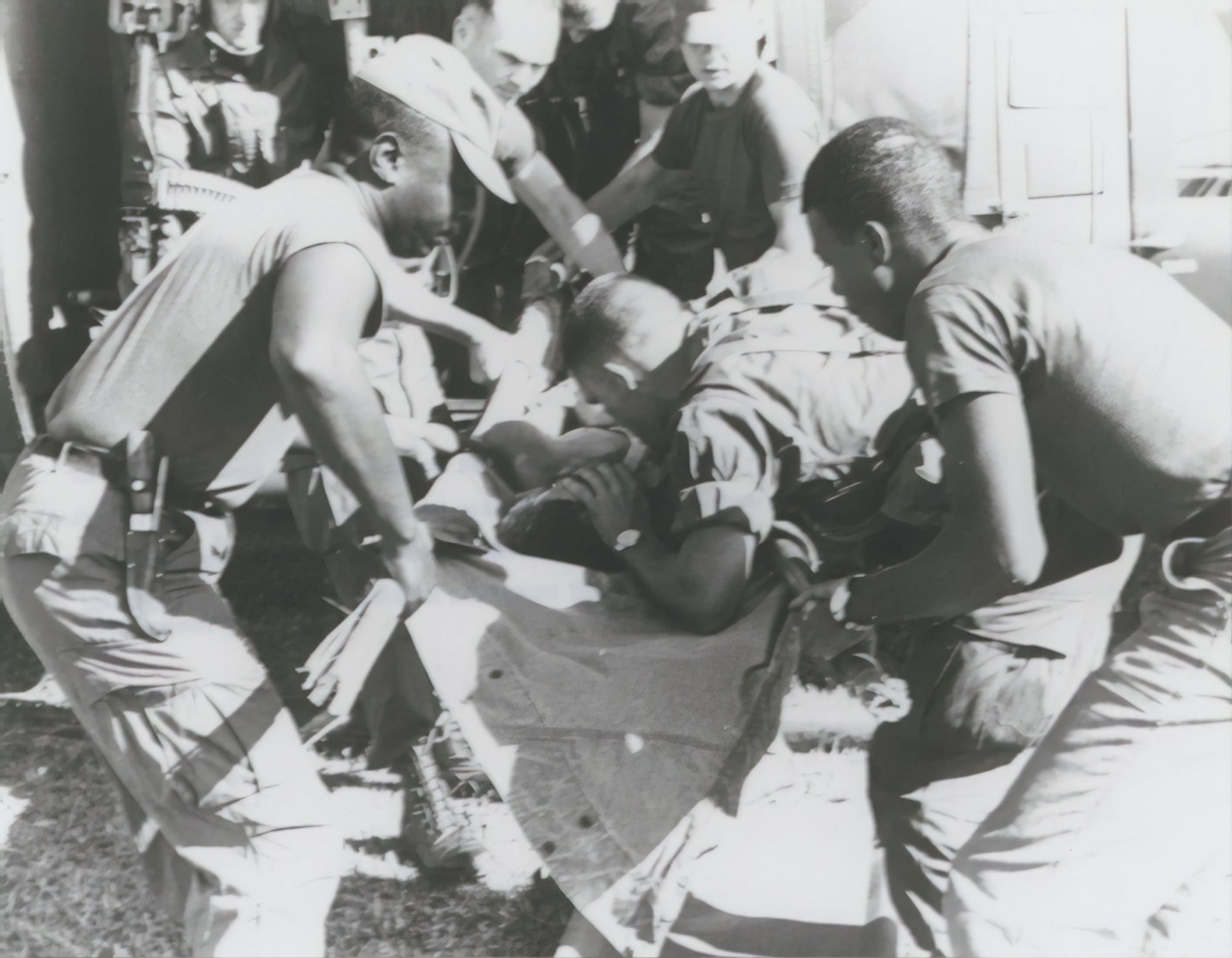
Many photographers started portraying the misery, pain and confusion that was the reality of warfare.
British photographer Larry Burrows, for example, portrayed the war in a rather unsentimental and melancholic way before his death in 1971.
Photographer Donald McCullin dissociated the glory from warfare with his black and white photographs, portraying soldiers pained, mangled, and deranged with suffering. Also, photographer Philip Jones Griffiths wasn't shy in showing his disapproval of the war in his photos. His photos moves the viewer between the military forces and civilian losses, enlightening the viewer without indulging a Western-centric bias.
Now, how was that for a walk-through war photography lane?
How war imagery looks like today
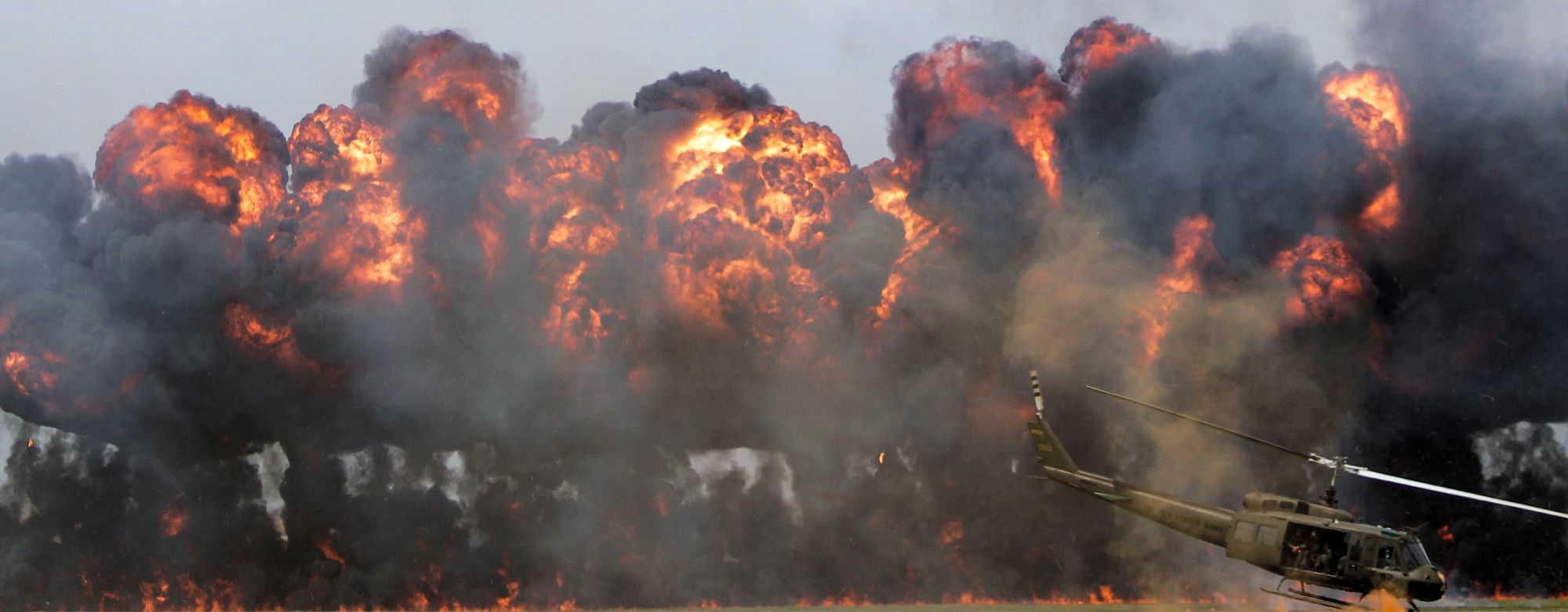
It can seem surprising that photographs of war was once upon a time a rare and distant sight to behold.
When it comes to modern warfare, we've seen pretty much everything: mass graves, explosions, the faces of soldiers the instant they're shot – all through war photography (or Call of Duty). We've also seen war-devastated landscapes, soldiers carrying their dead comrades and returning home to their families.
It's hardly a secret – we've become pretty familiar with the sights of these sort of horrors.
These days, we're bombarded with 24-hour cable news channels that broadcast real-time images straight from the battlefield. We can tune in on live pictures of troops racing across the deserts of Afghanistan.
Changes in photographic techniques, coverage, and distribution has played a role in developing the prolific (and explicit) creation and distribution of war imagery we know today.
War photography? Check!
Go explore many other photography genres right here.
About the instructor
Mads Nissen
Photographer
Copenhagen, Denmark
Mads Nissen is a Danish documentary and war photographer. He has worked with many social and contemporary issues such as homophobia, the covid crisis and documented the various conflicts across the world.





















